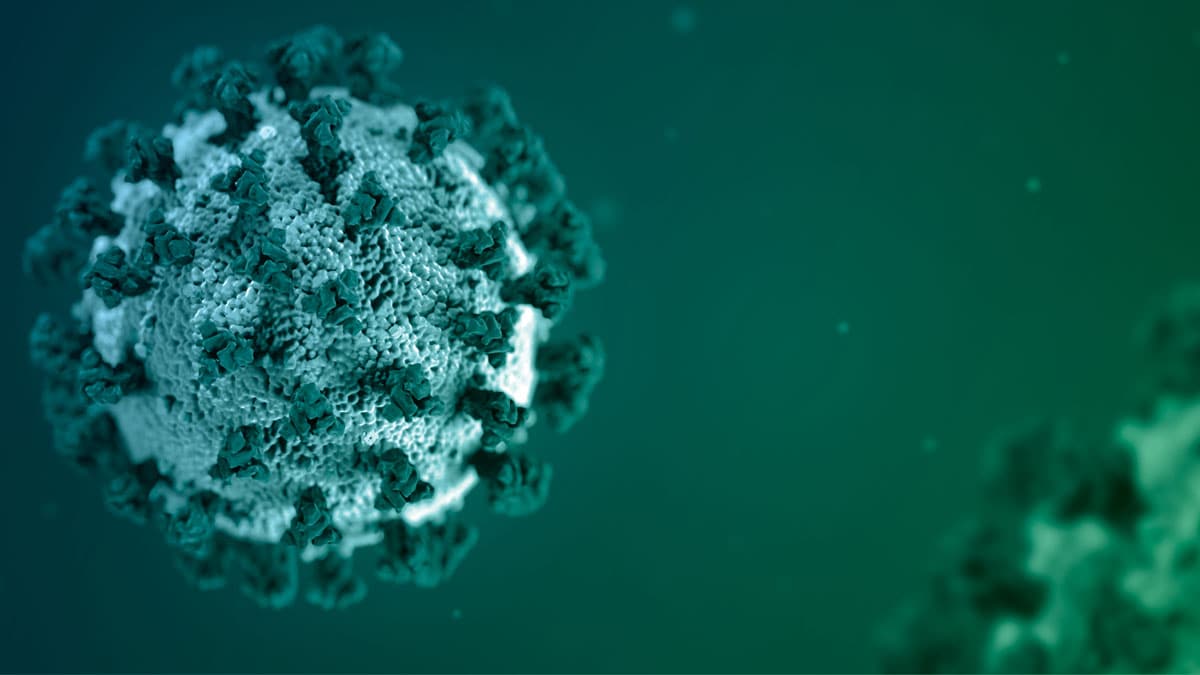It seems people are asking for the impossible here. It's just not possible to separate out which mitigation measures would have worked in the absence of others. It's become a matter of doing whatever we can.
The issue is that mitigation measures work just fine in theory. Masks of sufficient quality correctly worn (universal masking) will almost certainly make a difference. The problem is that they are often not correctly worn, or are not worn at all in the places where COVID is most likely transmitted. The question is what do we do then? My answer is to err on the side of caution and get whatever results we can from them. Others disagree and want some indication that masks, in practice, actually make a significant difference.
These conversations, unfortunately, get heated and people cut each other off. I don't see the current discussion as being that COVID is not dangerous to children or that children do not contract or transmit it. But a lot of people are convinced, and there is little data to dispute it, that the sickness and transmission would be virtually the same whether or not the kids are wearing masks. Because it's almost impossible to separate masks from other mitigation measures, we really don't know whether they make an appreciable difference in practice.

www.cdc.gov


